Centenary Rescue Ship "Commune"
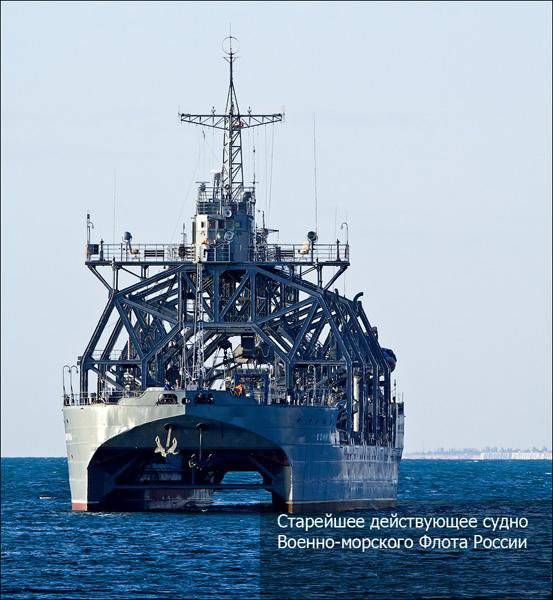
On November 17, 2013, a ceremony was held in Sevastopol in honor of the centenary of the launching of the oldest ship, which is part of the Russian Navy - the rescue catamaran “Commune”. In the flag-raising and solemn rally on this occasion at the squad of rescue ships of the Black Sea fleet, which includes the "Commune", was attended by the commander of the Black Sea Fleet, Vice Admiral Alexander Vitko.
The rescue ship of the Volkhov submarines was laid out for the Russian Imperial fleet 12 November 1912 in St. Petersburg at the Putilov shipyard of the Society of Putilov factories (present JSC Shipbuilding Plant Severnaya Verf) and launched on November 17 1913. The Baltic The fleet entered 14 July 1915 of the year 31 December 1922 was renamed the “Commune.” In 1967, the ship from the Baltic Fleet moved to Sevastopol into the Black Sea Fleet.
The vessel has repeatedly undergone repairs and upgrades. During his stay in the fleet, he raised more than 150 wrecks, including ten submarines. Now the Commune is still in the ranks of the Navy and is the carrier of the modern working remote-controlled underwater vehicle Saab Seaeye Panther Plus acquired in the UK, which allows you to explore objects at depths up to 1000 meters. Also on the vessel is a simulator, where practical training of the complex operators is conducted. In recent years, the ship "Commune" took part in the testing of deep-water equipment, with his participation and rescue and underwater-technical work.
“During the last docking in 2005, the hull thickness in the bow was measured, in the ice belt area it was - 14, 9 mm, while during launching - 16 mm,” the captain of the Commune vessel reported in the last ten years, Anatoly Ishinov. The captain noted that the ship can serve for many more years, according to him, until recently, the only non-working mechanism on the ship was a piano presented to the ship in 1914, but today it is in working condition.
"Commune" has a displacement of 3100 tons., Its length - 81 m, width - 13,2 m, draft - 3,7 m.
Full speed is 8,5 knots, and cruising range is 4000 miles.
No weapons. Specialist. equipment: shipboard lifting equipment - left hull for 80 tons, right hull - for 30 tons. Crew: 23 people.
It is worth noting that the ship hull is made of Putilov steel and is, of course, not in perfect condition, but in quite working condition. The vessel is constantly undergoing maintenance, because he, of course, even by human standards, is not even pre-retirement, but a deeply retired age.
We climb the ladder to the "Commune" to get acquainted with the veteran closer.
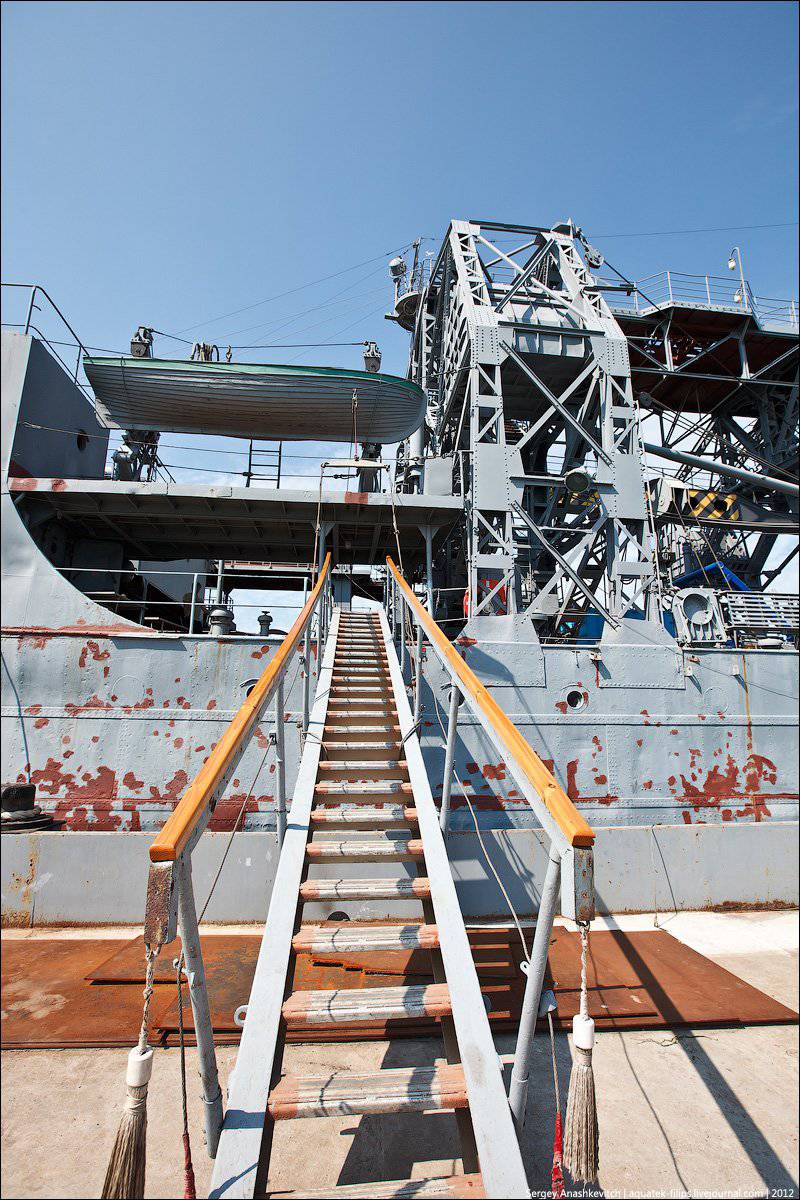
Short label history ship ..
In the mess room there is another sign. She minted in the year of the launch of the vessel - in 1915 year.
It is interesting that (and this is noticeable on the plate) the emblem of the Putilov factory was changed much later.
"Commune" is a ship of catamaran type, between its sides a mobile platform moves with a descent vehicle.
It is powered by four cable drives located in pairs on the sides of the vessel in the front and rear parts
View of the platform from the top farm
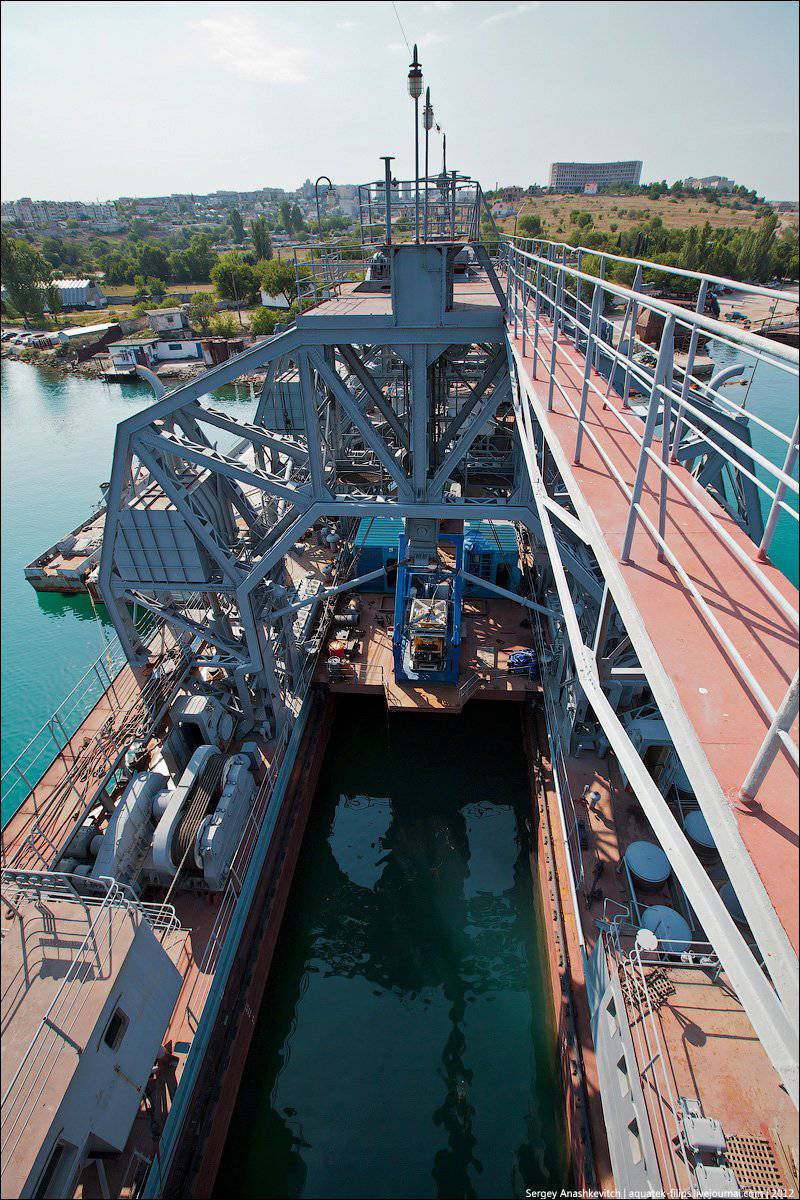
Huge drums with cables allow you to immerse the descent vehicle to a depth of 1 kilometer
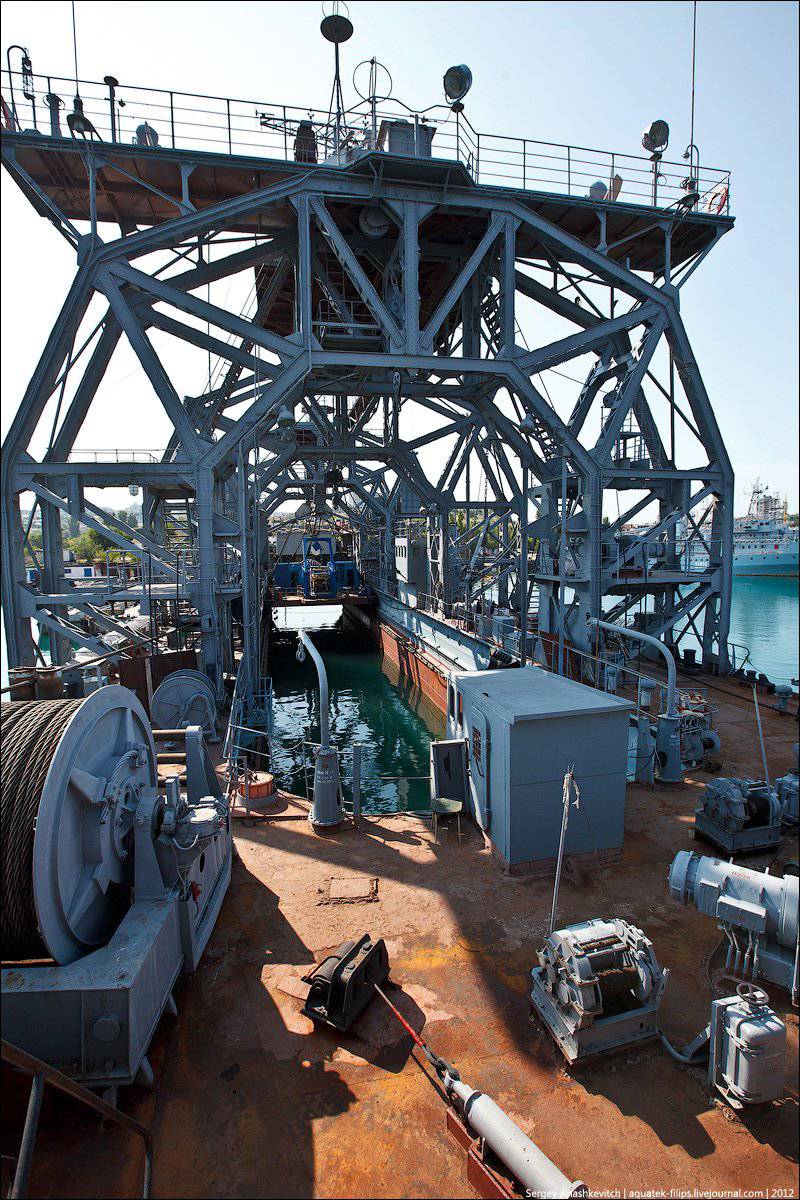
Cables for drives of a descent module underwater vehicle
The main object of the "Commune" is a working remotely controlled uninhabited underwater vehicle RTNPA. Allows you to work at depths up to 1 km (limited by cable length). Designed for searching and detecting underwater objects using sonars, lifting loads up to 150 kg, cutting cables, etc.
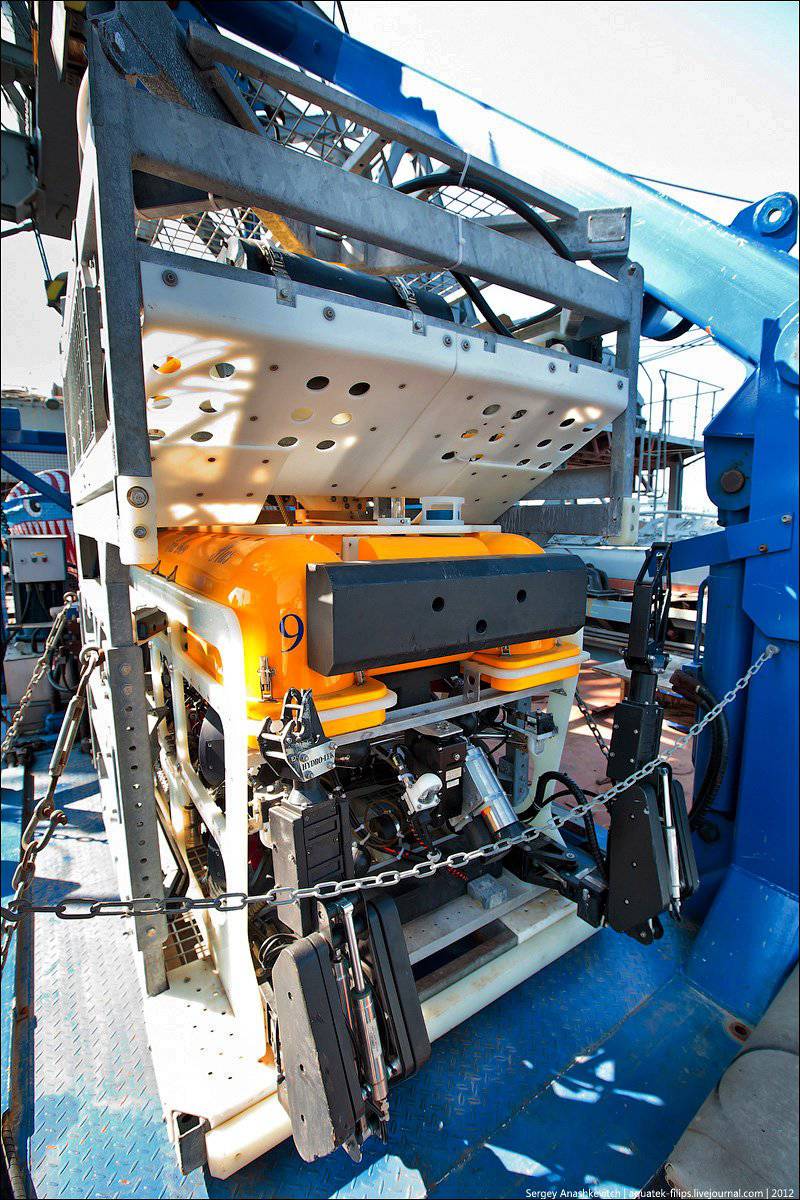
The RTNPA is equipped with 4 video cameras, as well as a pair of manipulators. Manipulators are interchangeable, intended for various purposes - the seizure of an object, the installation of a radio beacon, the seizure of a cable, snacking or cutting.
The device is equipped with 10 engines, allowing for exceptional maneuverability.
Manipulator with a cutting disc, which allows cutting of metal and cables at depths up to 1 km
In the yellow capsules are all electronic systems. When immersed from there all air is forcibly exhausted. This ensures complete sealing of the capsules by compressing water.
Control bridge descending underwater vehicle. Equipment and equipment produced in Norway
The bridge of the ship.
The steering wheel and some elements have been saved from the date of the launch of the ship - from 1915
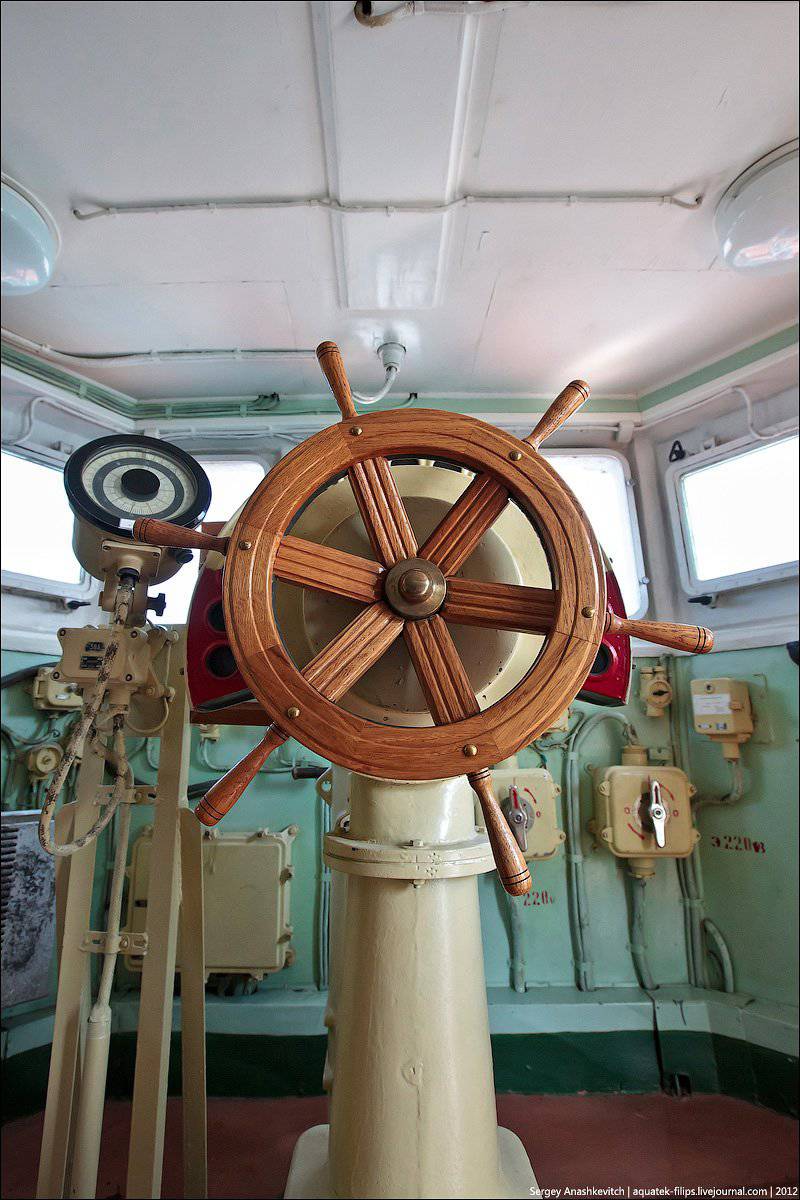
The ship "Kommuna" is based in Streletskaya Bay of Sevastopol on the rented berths of the Naval Forces of Ukraine.
Here the warships of Russia and Ukraine stand aboard
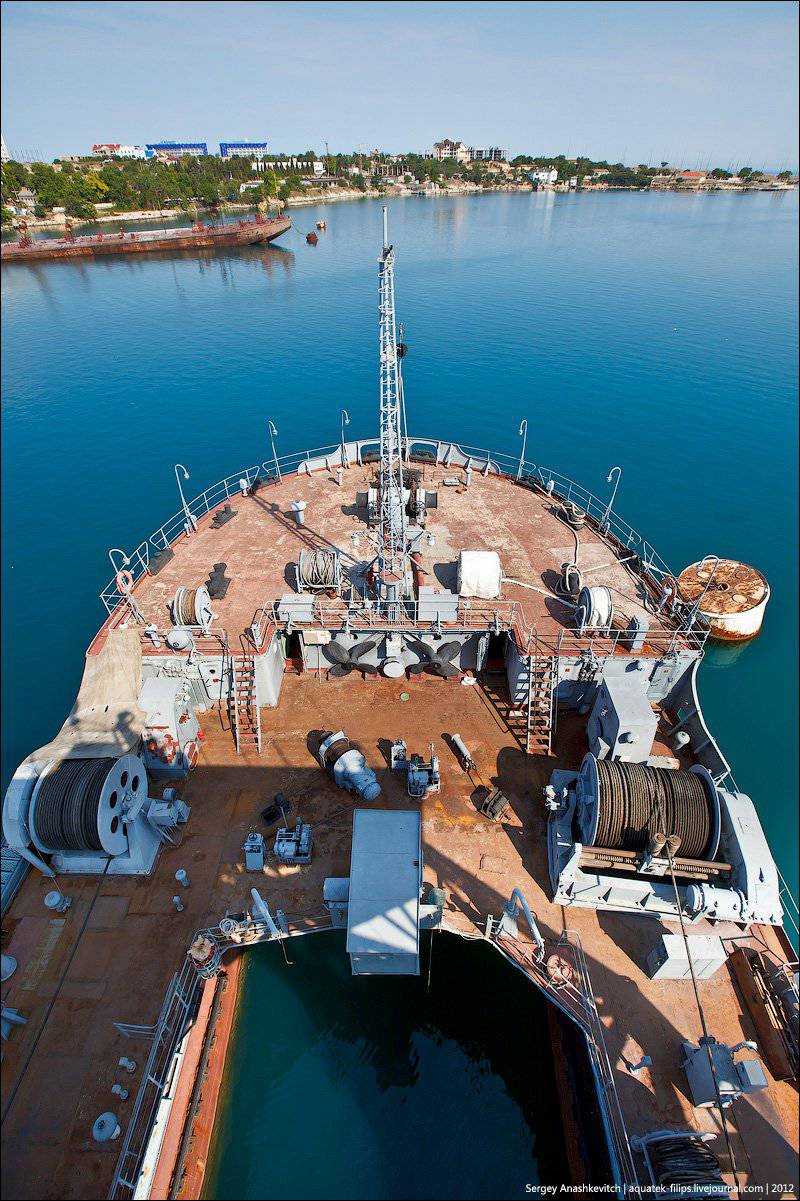
Spotlight on the upper bridge
The topmost cabin is located at an altitude of more than 20 meters above sea level.
Spare screws
Anchor chain length gauges
The chain goes into the sea ...
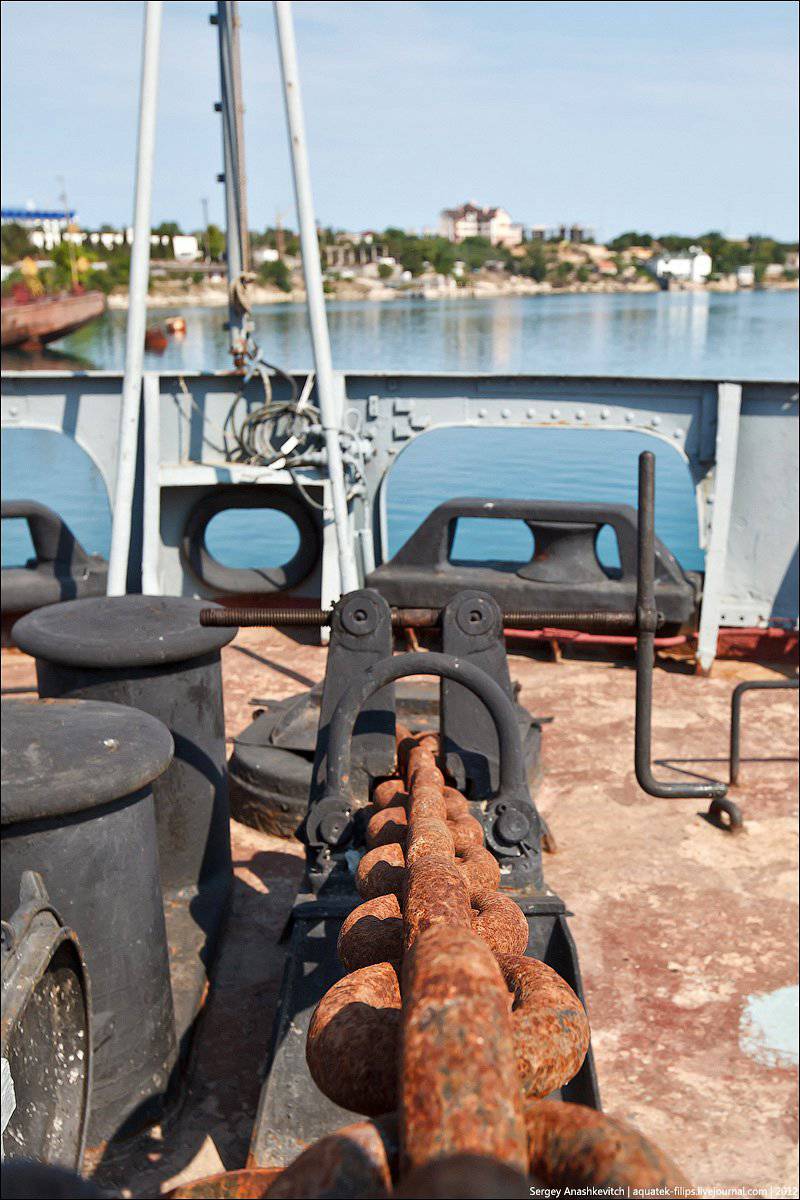
Engine room. Two six-cylinder diesel engines of the Riga Felzer plant with an 600 power of HP were originally installed on the Kommun as the main engines. (310 rpm). Subsequently, they were replaced with diesel engines with similar characteristics of the Kolomna plant.
Emergency sound alarm system in case of emergency
There are here and ...
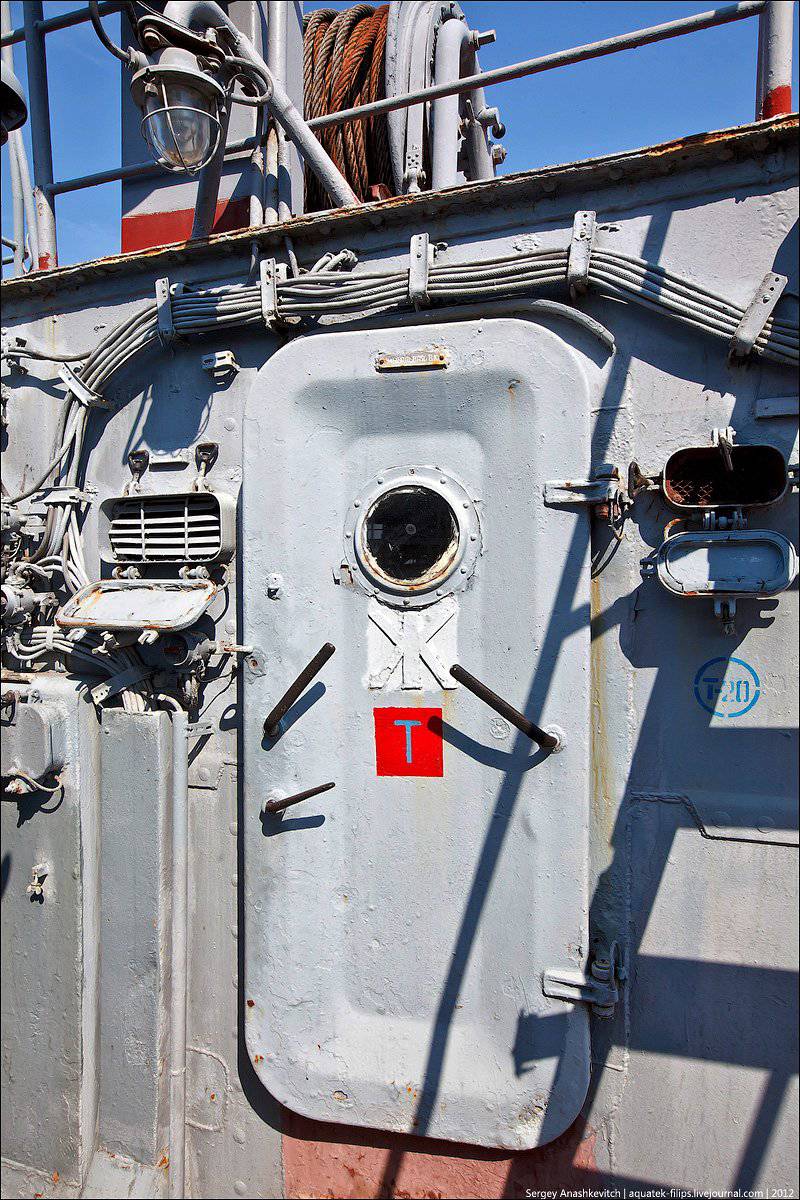
Galley nameplate
Soon the team has lunch
Piano in the officers' cabin. It was installed during the construction of the vessel. Currently, it is not possible to remove it due to the difference in dimensions and door openings.
Course pointer
In some places on the "Commune" there are still pre-revolutionary signs.
Ammeters
Storm trap
The team is painting the lifeboats for the parade in honor of the holiday of Neptune
For the first time, the rescue ship was used for its intended purpose in the summer of 1917, when the AH-15 submarine sank with the open hatch in the Aland skerries during the training dive. Despite the fact that the rescue was hampered by a strong storm, 16 (29) of June at 00 hours 50 minutes by the forces of "Volkhov" the boat was lifted. The crew of the "rescuer" crew repaired the boat for a month, and it was again put into operation. September 24 (October 7) 1917, the rescue ship Volkhov, from the depth of the 13,5 meter was successfully lifted by the submarine Unicorn from the depth of the XNUMX meter
From 15 May to 13 September 1928, the Commune performs work on raising the sunk 4 June 1919 of the year in the Koporsky Gulf of the Gulf of Finland of the English submarine L-55. The boat was lifted to the surface from the depth of the 62 meter using the step method 21 July 1928. Once again, everyday work: raising the sunken boat of the maritime security and the tugboat KP-7, ensuring the testing of new submarines and the repair of the BF ships. The Kommuna raised from the depths the Bolshevik submarines, the M-90, the torpedo boat and the crashed aircraft ...
Since the beginning of World War II, the rescue vessel Kommuna is based in Leningrad. Since March 1942, 32 divers of the Commune have been working on the Ladoga Life Road. Part of the crew participated in landing operations on the Neva (and this at 40% of the shortage). During this time, the sailors of the Commune raised four from the bottom tank HF, two tractors and 31 cars. Kommunars prepared 159 light divers for the fleet, repaired six M-type submarines. Despite the difficult situation at the front, rescuers lifted the sunken from the water: PL Shch-411, tugboat Austra, schooners Trud, Aquarius-2, to the OVR TsO Pravda floating base, two "pikes" and several "small hunters" were restrained ...
In 1944, the Kommuna raised 14 sunken objects with a total displacement of 11 767 tons, assisted 34 to emergency ships and vessels. The entire crew of the vessel was awarded the medal "For the Defense of Leningrad."
Only in 1954 the veteran ship was able to undergo a major overhaul, during which the main diesel engines were replaced with Dutch-made engines. At the end of November 1956, the catamaran again took up combat duty: from the depth of 45 meters the submarine M-200 was rammed by the destroyer. In October, the submarine M-1957 was lifted from the depth of the 73 meter from the depth of the 256; in August of the 1959, the torpedo boat sank at the depth of the 22 meter. In total, for its service, the Commune assisted more than a hundred ships and submarines.
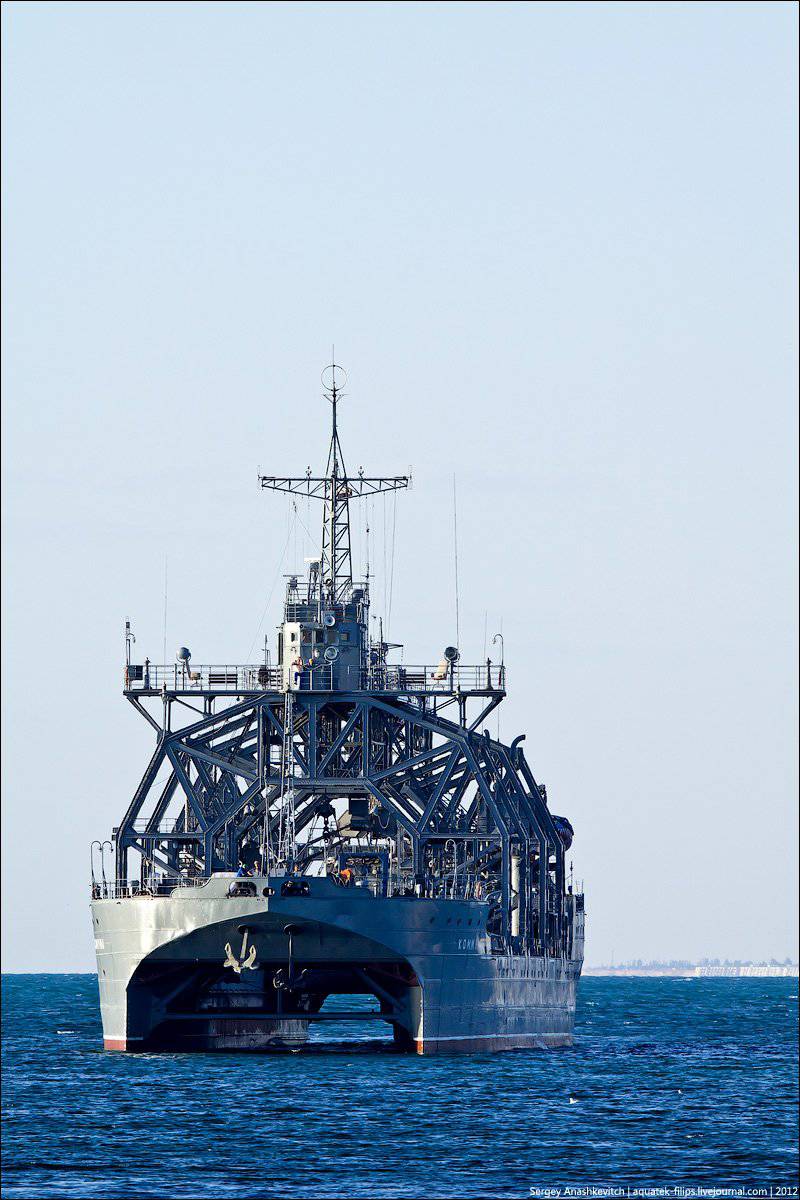
In 1967, the veteran ship successfully completed an inter-base crossing from the Baltic to the Black Sea, safely arriving in Sevastopol, circling around Europe. In Sevastopol, at the Sevmorzavod, the Kommuna was converted into a carrier vessel of deep-water apparatuses. The conversion project was completed by the end of 1969, in the Sevastopol Central Design Bureau "Chernomorets". By the time of completion of work at the SMZ (27 on April 1973), the cost of refitting the vessel was about 11 million rubles
At the moment, the rescue ship Kommunna has passed dock repair, and, despite its age, actively participates in various activities of the fleet rescue service with outlets at sea.
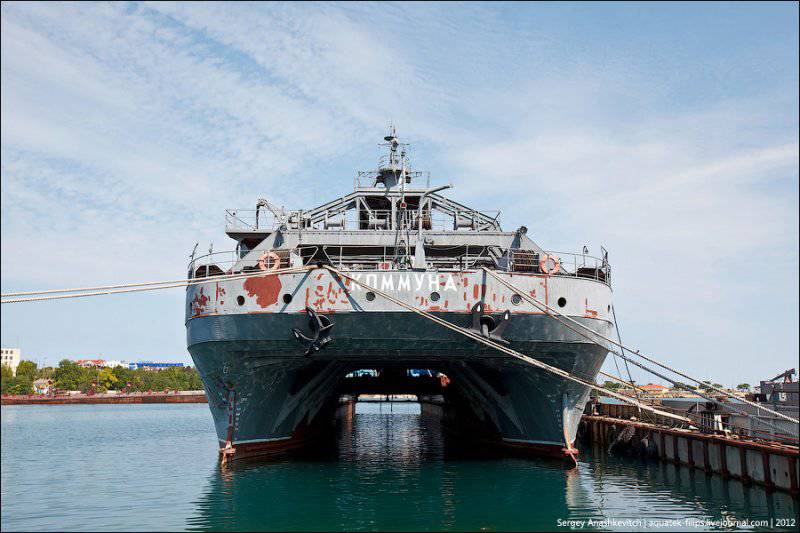
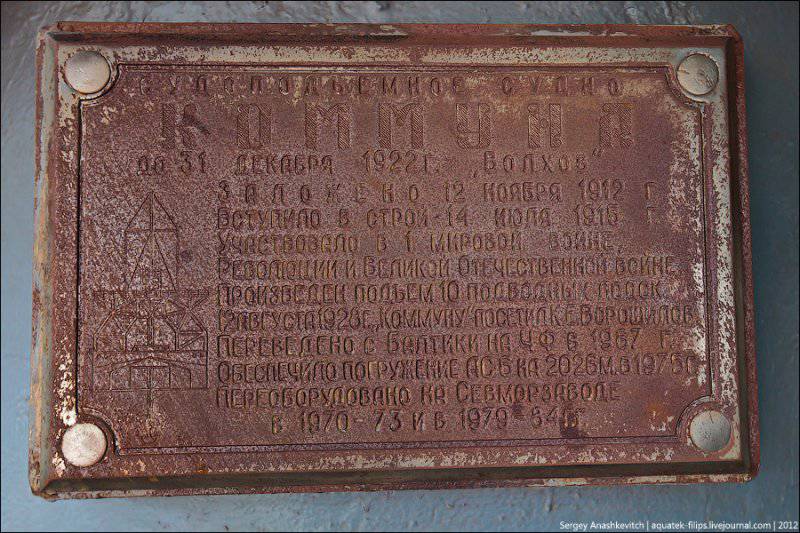
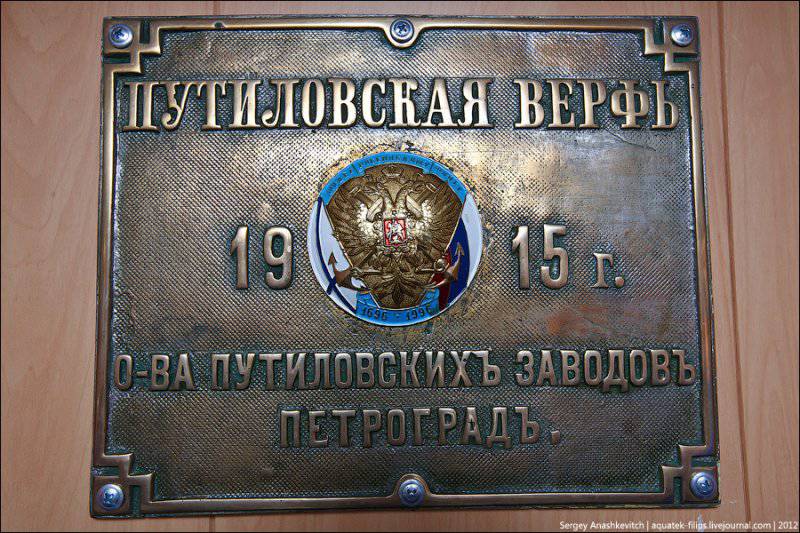
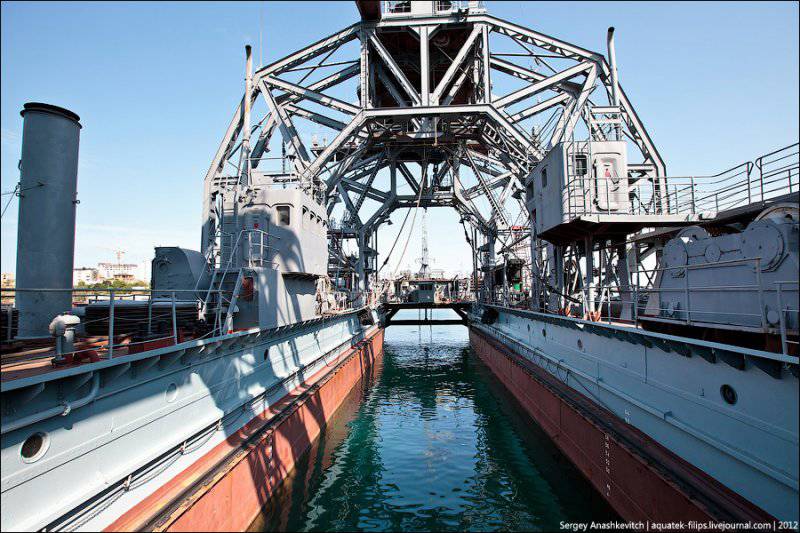
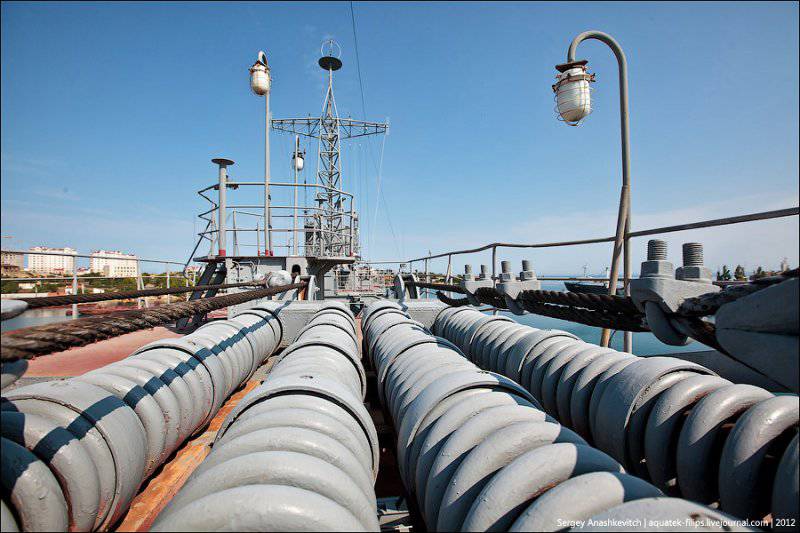
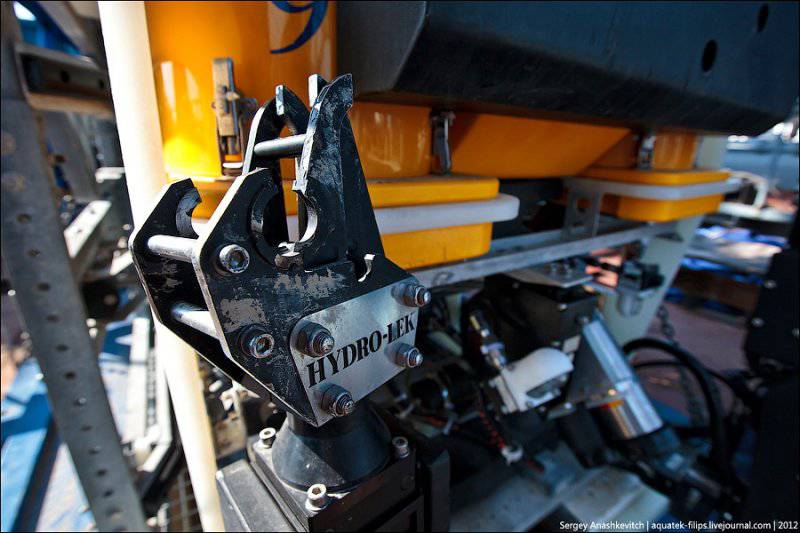
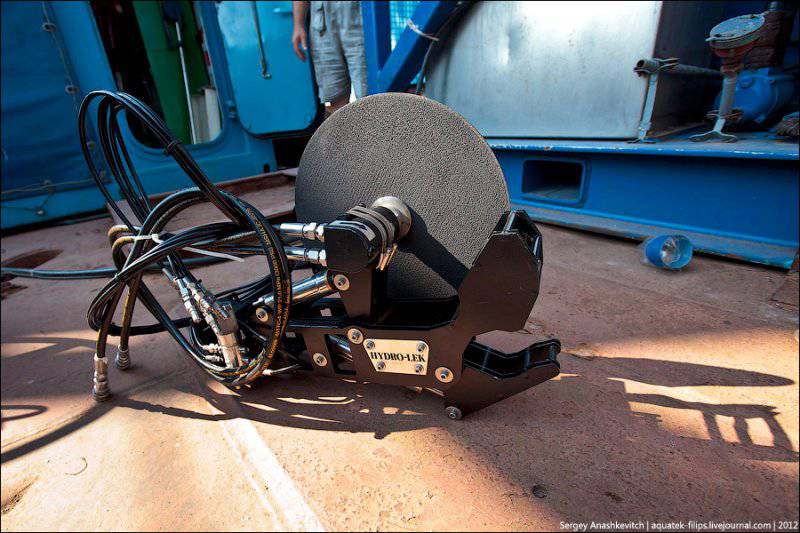
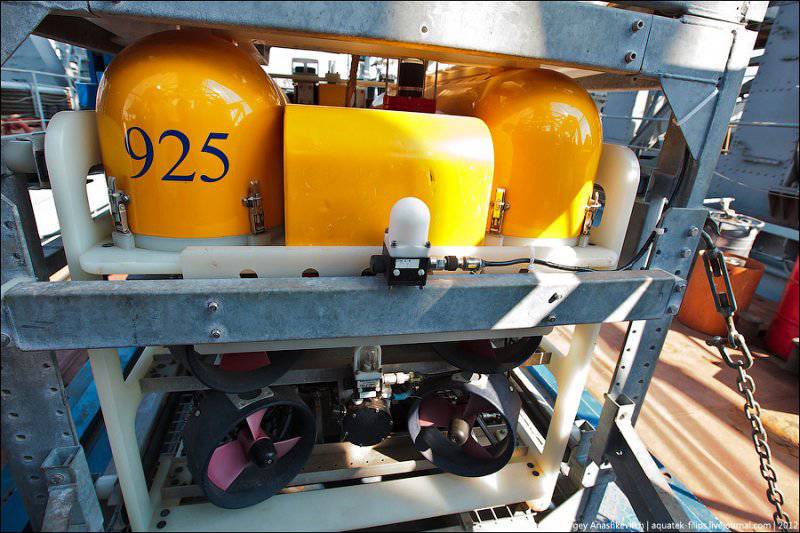
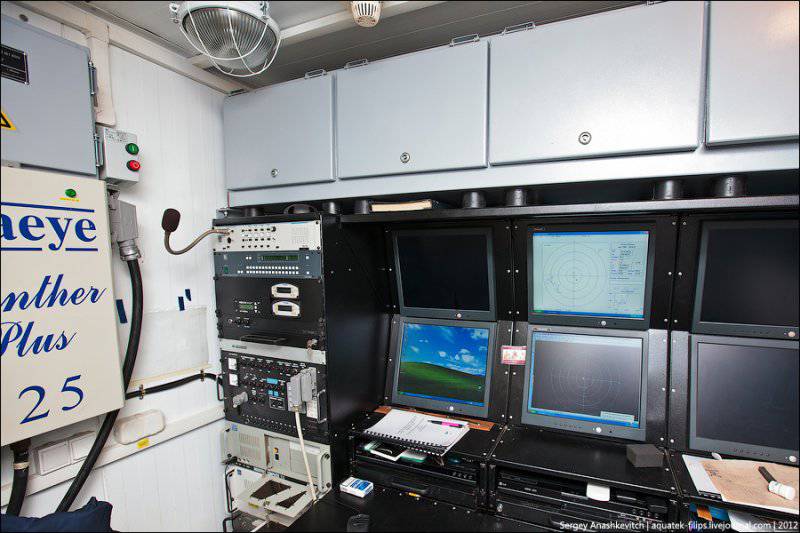
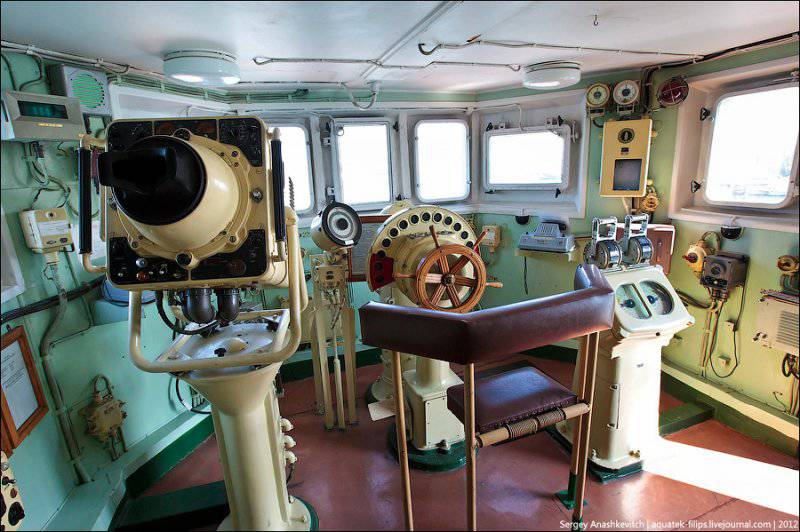
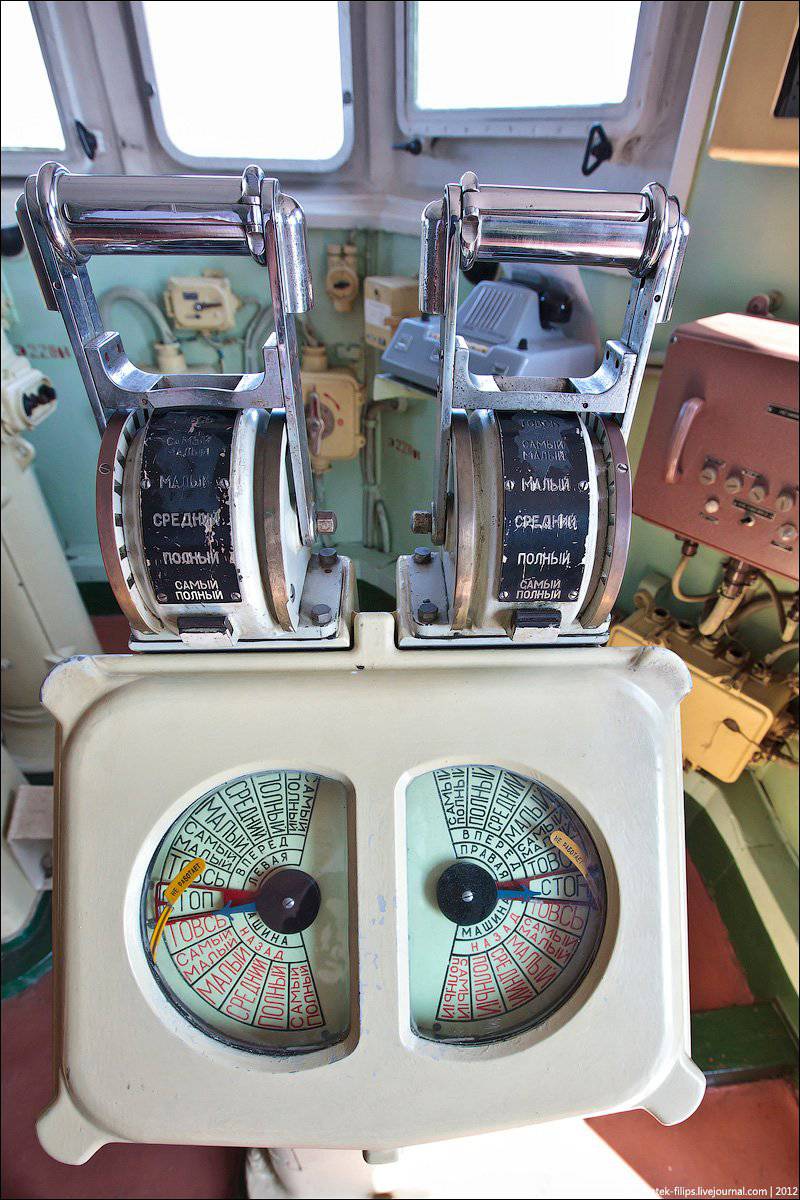
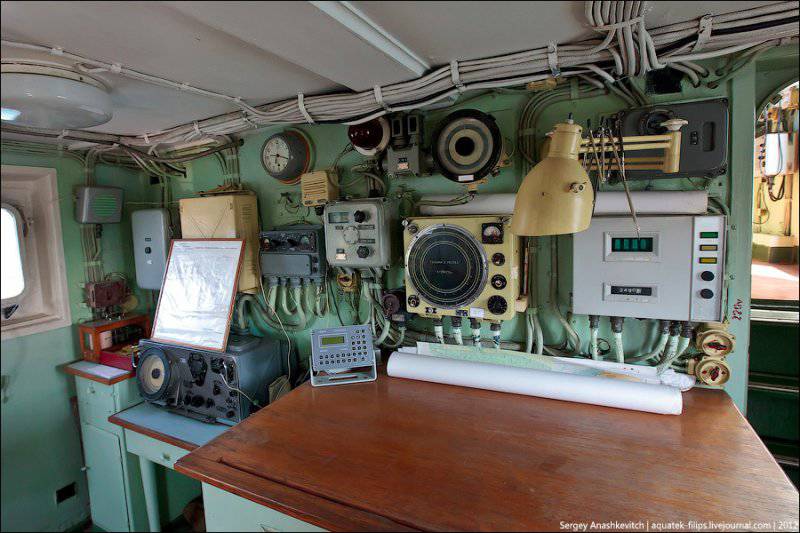
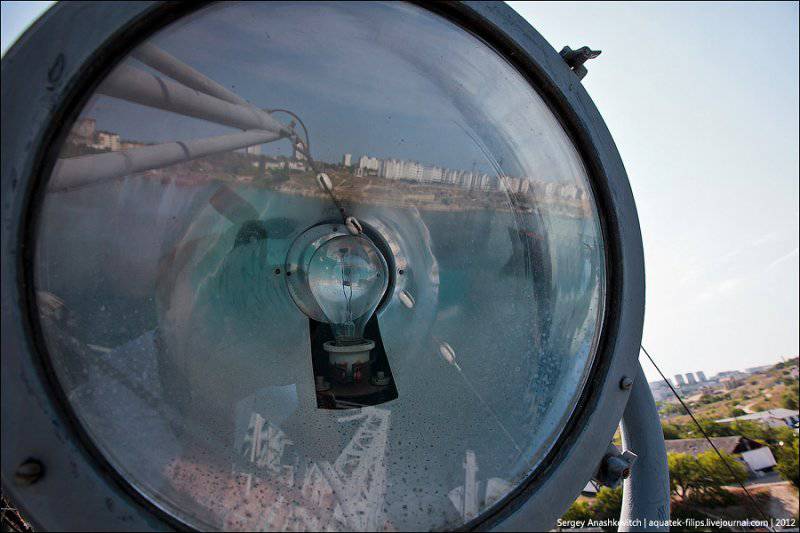
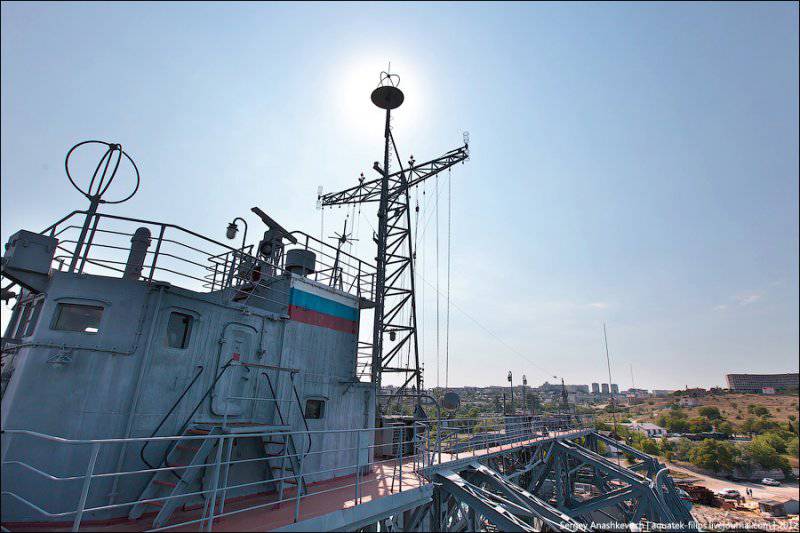
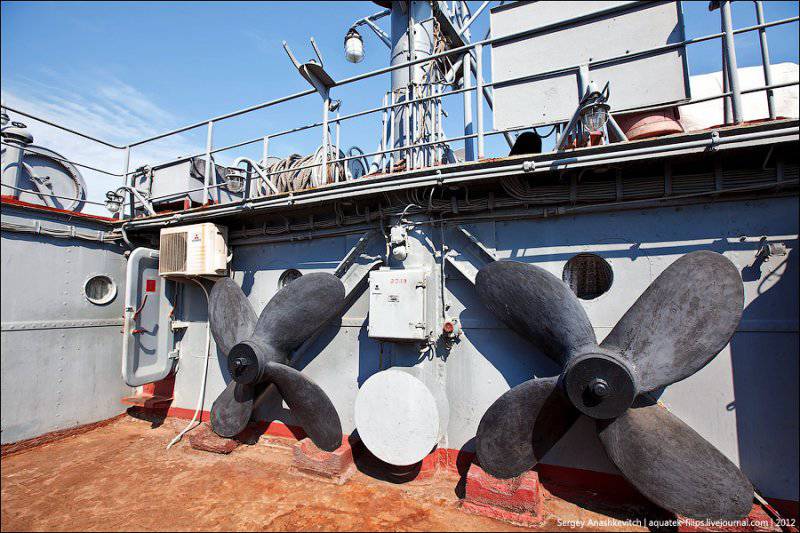
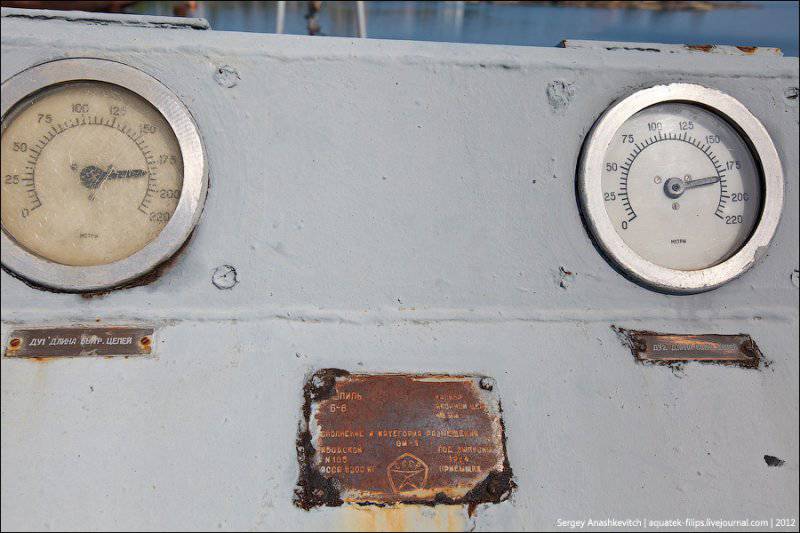
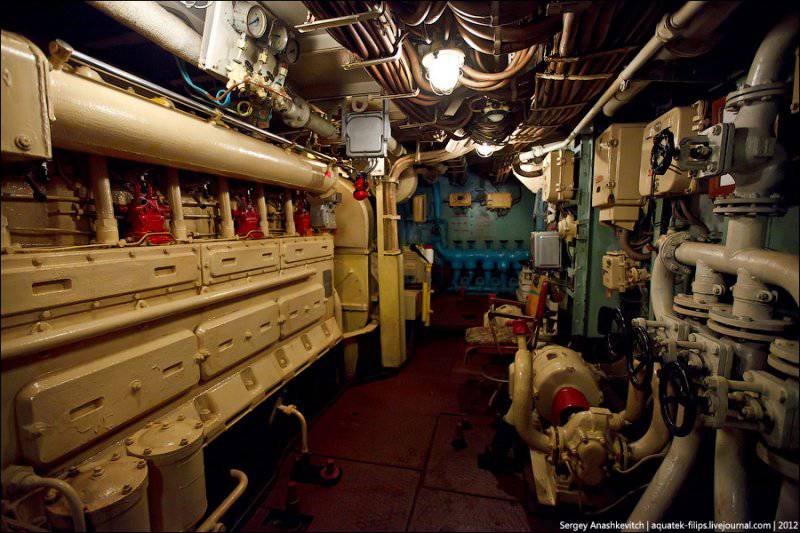
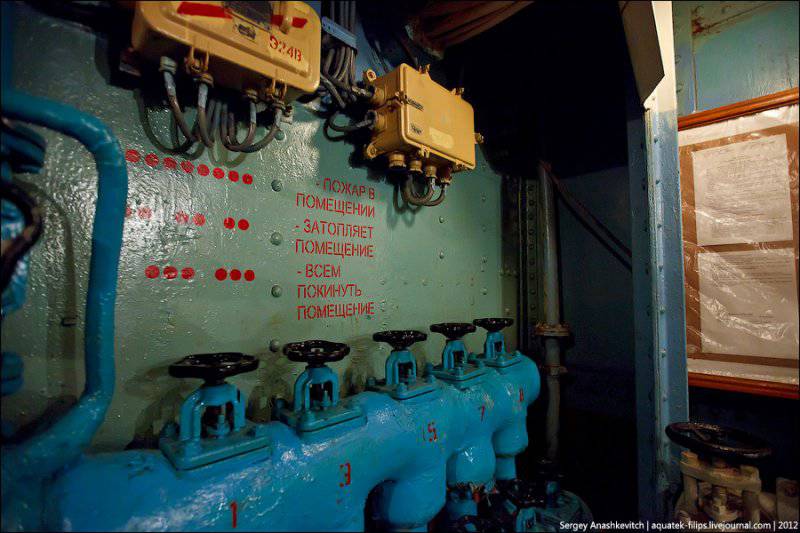
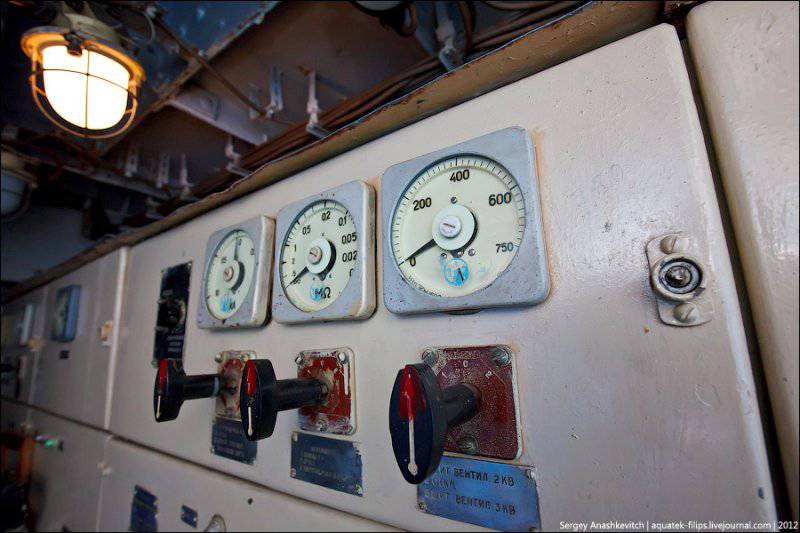
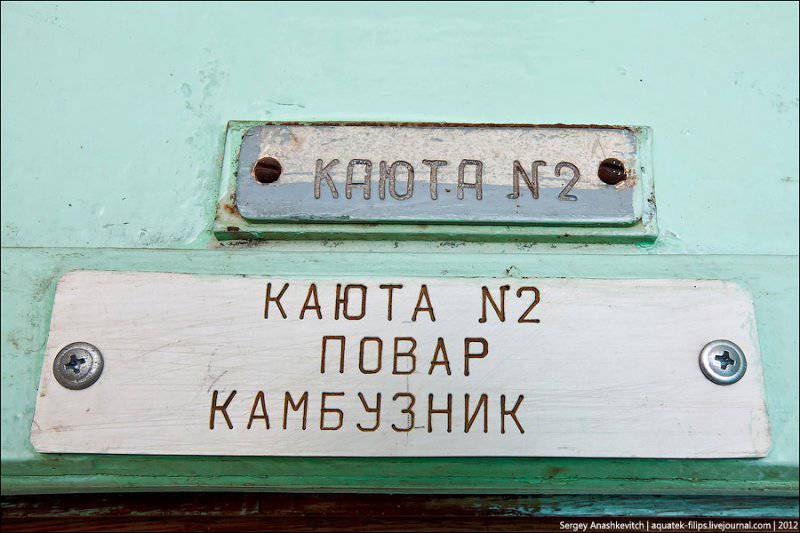

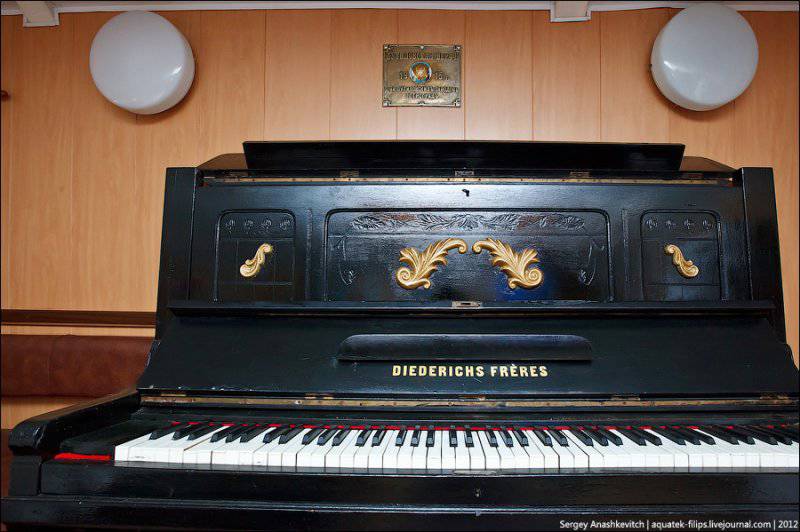
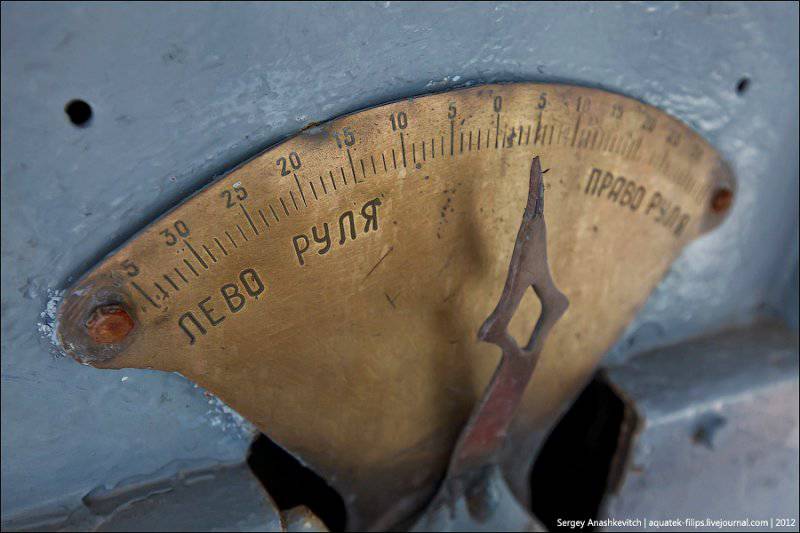

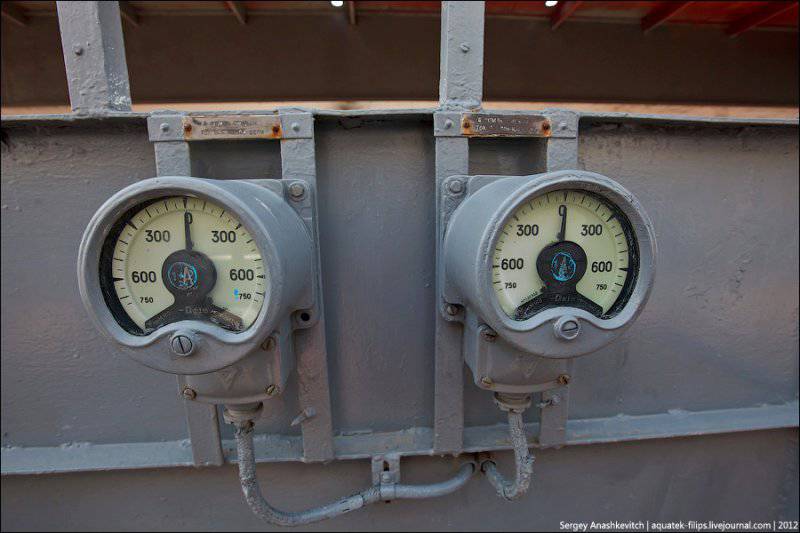
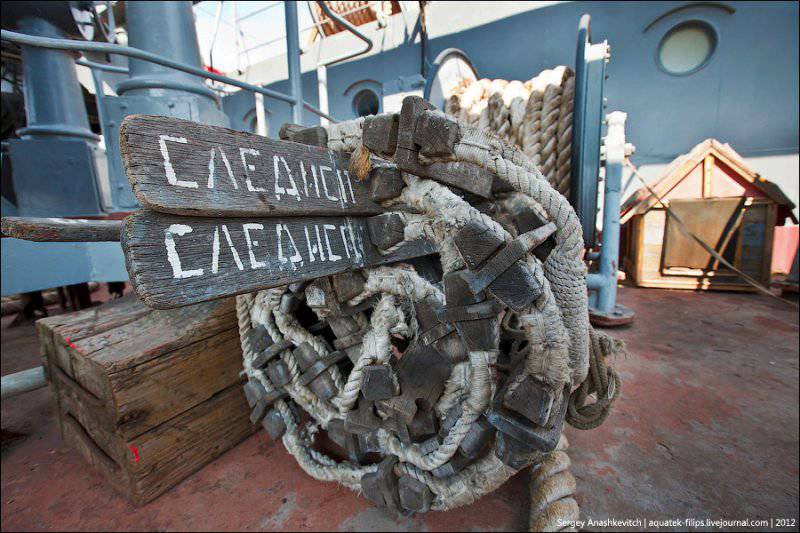
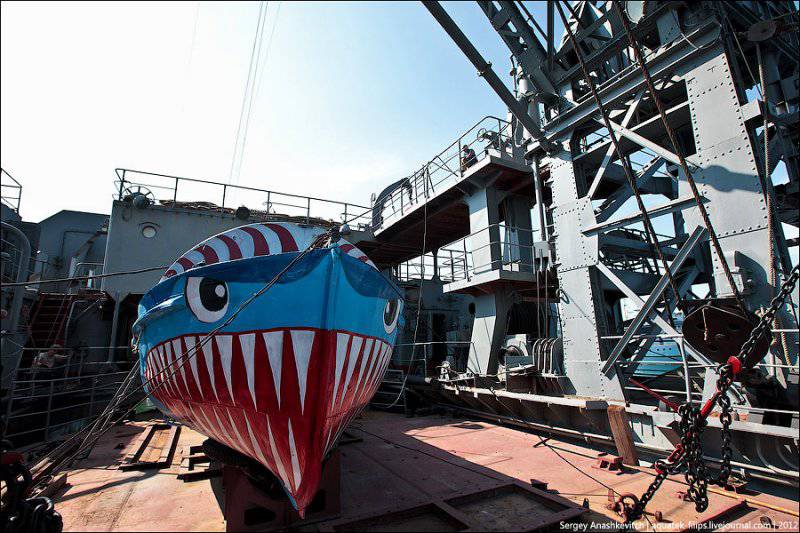
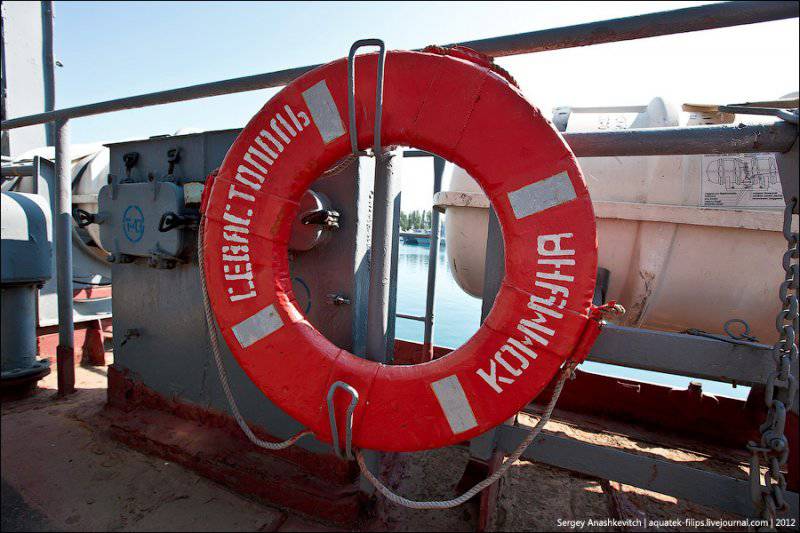
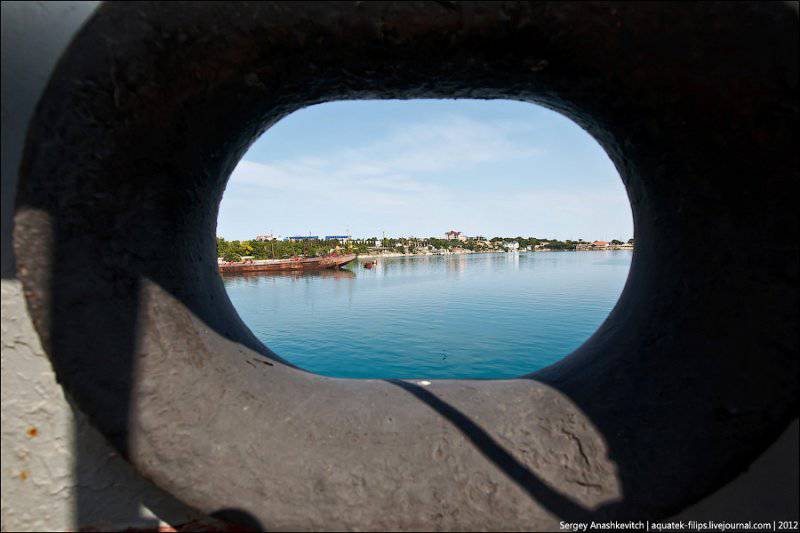
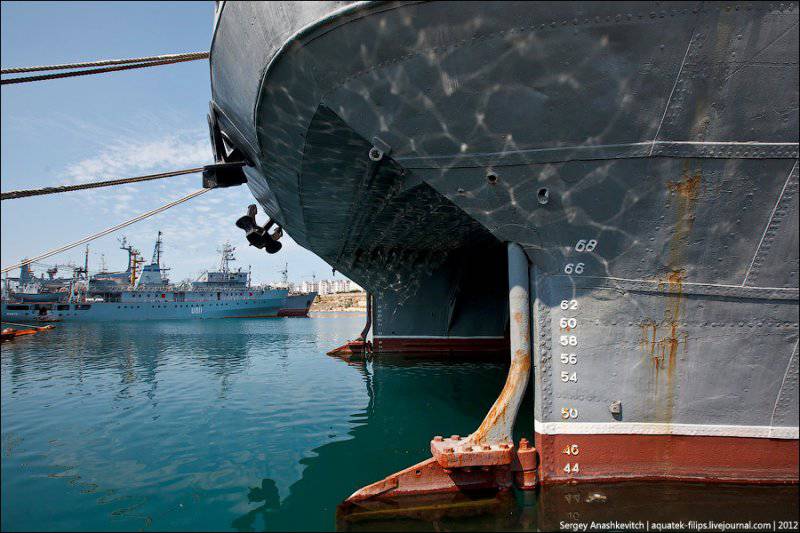
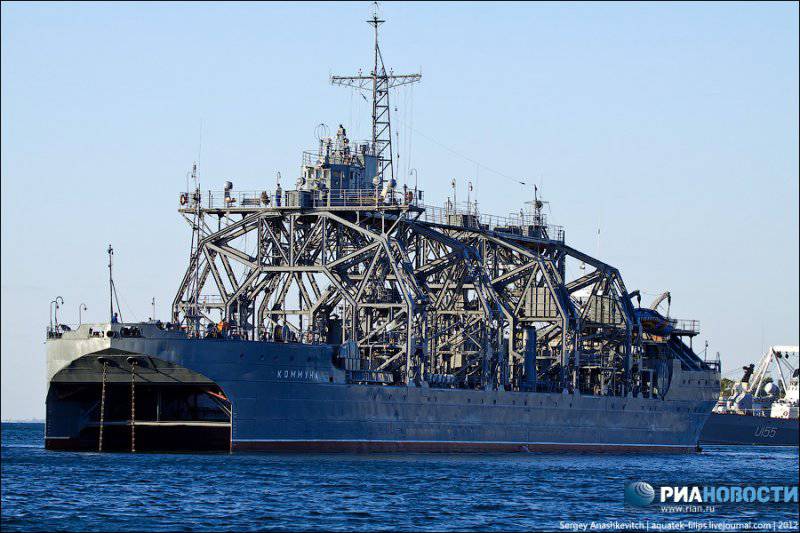
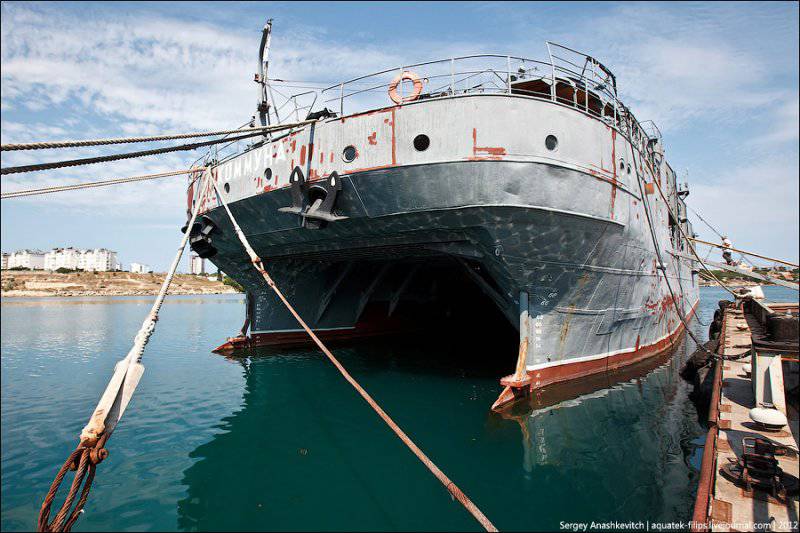
Information